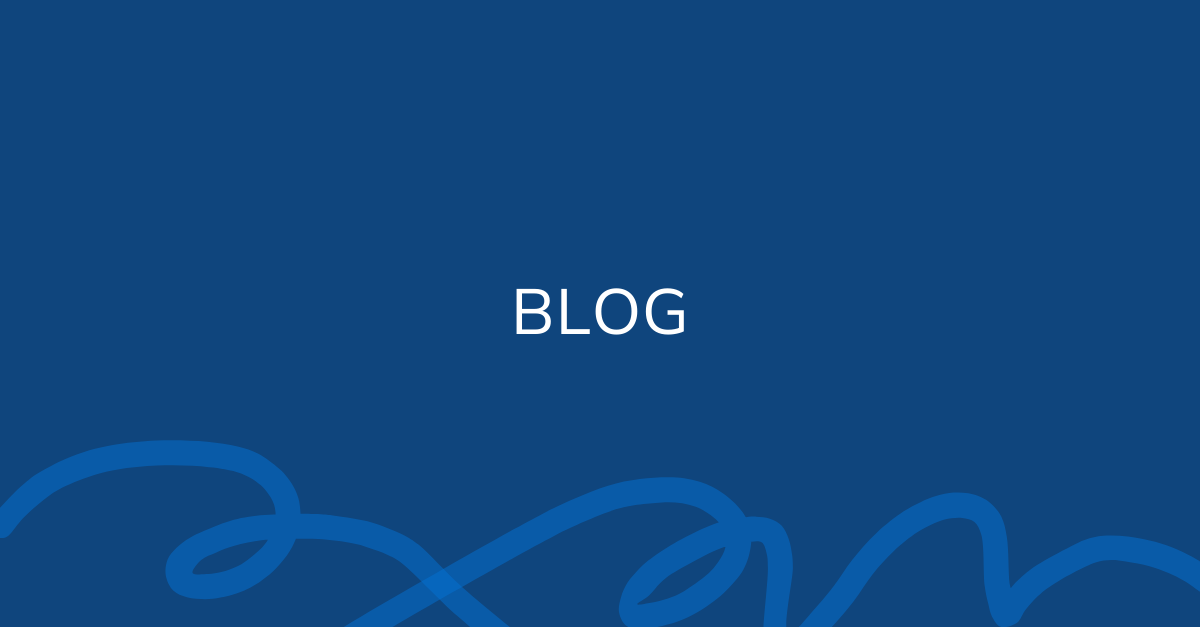
New gait data shows why passive insights matter more than in-clinic snapshots.
In post-op recovery, there’s often a gap between what patients show and how they actually move in daily life.
When patients know they’re being observed, they often walk faster, straighter, and more confidently. That’s the Hawthorne effect in action: behavior shifts under observation.
But recovery doesn’t happen under perfect conditions. It unfolds in messy, unpredictable moments—navigating curbs, maneuvering crowded aisles, hauling laundry upstairs. That’s where passive gait analysis becomes essential.
OneStep’s latest data helps close that gap, showing how passively collected gait metrics provide a clearer, more continuous view of recovery than a single clinic visit every few weeks ever could.
Download the white paper
Here’s what we found—and why it matters.
OneStep captures walks in the background, continuously and unobtrusively. No prompts. No pressure. Just natural movement, as it happens.
Our analysis revealed noticeable differences between passive and recorded walks. While prompted sessions often suggested faster progress, passive data exposed the full story — showing gait variability, compensations, and everyday challenges that shape functional recovery.
For clinicians, this is the data that truly matters. Because walking well on command is one thing—but consistent mobility through the day is what influences safety, confidence, and independence.
When we compared recovery patterns following total hip arthroplasty (THA) and total knee arthroplasty (TKA), the trend was clear: THA patients showed faster recovery across gait parameters, whether in recorded or passive walks.
These findings mirror a 2023 study by Perrin et al., which found that TKA patients experienced a more significant decline in early post-op health status compared to those who underwent THA:
“Individuals who had a TKA had a larger decrease in global health status postoperatively compared to the THA group.”
(Perrin, T. et al., 2023)
Once you begin identifying consistent patterns across procedures, populations, and even individual surgeons, you move from describing recovery to defining it. By mapping a specific surgeon’s patient outcomes against broader trends, it becomes possible to benchmark performance, highlight technique-specific recovery trajectories, and uncover areas for refinement.
These insights help set more accurate expectations for patients and enable more personalized, data-driven care. Benchmarks take shape. Outcomes become more predictable. And with continuous mobility data, clinicians can spot missed milestones early—adjusting care before minor issues escalate. It’s a shift from broad assumptions to precision insight, driving better recovery and accountability across the board.
For surgeons and physical therapists, OneStep makes it possible to monitor recovery beyond the clinic, capturing objective insights that extend far past snapshots and observational analysis on command. You can track trends, catch deviations early, and tailor care based on how patients truly move, not just how they perform during assessments.
Recovery doesn’t live in the clinic—it lives in motion. And when you see how patients move on their own, you can support them more effectively.